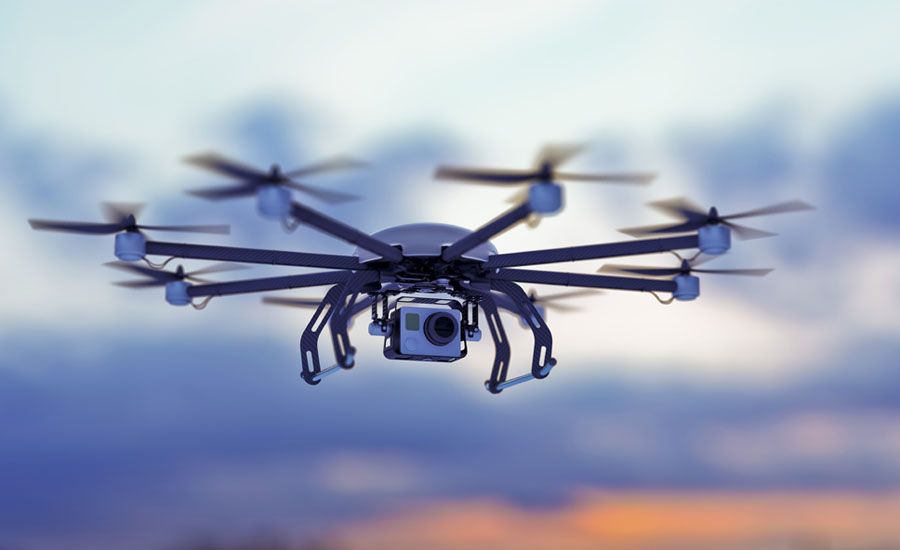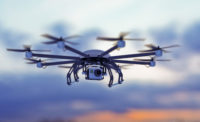Trump orders drone integration program

President Trump this week directed U.S. Secretary of Transportation Elaine L. Chao to launch an initiative to safely test and validate advanced operations for drones in partnership with state and local governments in select jurisdictions. The results of the Unmanned Aircraft Systems (UAS) Integration Pilot Program will be used “to accelerate the safe integration of UAS into the national airspace and to realize the benefits of unmanned technology in our economy,” according to the Federal Aviation Administration (FAA).
The program is aimed at addressing the most significant challenges in integrating drones into the national airspace while reducing risks to public safety and security. The FAA says it is “designed to provide regulatory certainty and stability to local governments and communities, UAS owners and operators who are accepted into the program.”
The agency predicts the potential economic benefit of integrated unmanned aerial systems into the nation’s airspace is estimated to equal up to $82 billion and create up to 100,000 jobs during the next decade.
The program will help the USDOT and FAA develop a regulatory framework that will allow more complex low-altitude operations; identify ways to balance local and national interests; improve communications with local, state and tribal jurisdictions; address security and privacy risks; and accelerate the approval of operations that currently require special authorizations.
“This program supports the President’s commitment to foster technological innovation that will be a catalyst for ideas that have the potential to change our day-to-day lives,” said Secretary Chao. “Drones are proving to be especially valuable in emergency situations, including assessing damage from natural disasters such as the recent hurricanes and the wildfires in California.”
The pilot program will evaluate a variety of operational concepts, including night operations, flights over people, flights beyond the pilot’s line of sight, package delivery, detect-and-avoid technologies, counter-UAS security operations, and the reliability and security of data links between pilot and aircraft. Industries that could see immediate opportunities from the program include commerce, photography, emergency management, precision agriculture, and infrastructure inspections and monitoring.
“Stakeholders will have the opportunity through this program to demonstrate how their innovative technological and operational solutions can address complex unmanned aircraft integration challenges,” said FAA Administrator Michael Huerta. “At the same time, the program recognizes the importance of community participation in meaningful discussions about balancing local and national interests related to integrating unmanned aircraft.”
Prospective local government participants should partner with the private sector to develop pilot proposals.
After evaluating all of the applications, the U.S. Department of Transportation will invite a minimum of five partnerships. In the coming days, the Department will publish a Federal Register Notice with more details about how applications will be evaluated and how the program will work.
For more information:
Looking for a reprint of this article?
From high-res PDFs to custom plaques, order your copy today!





